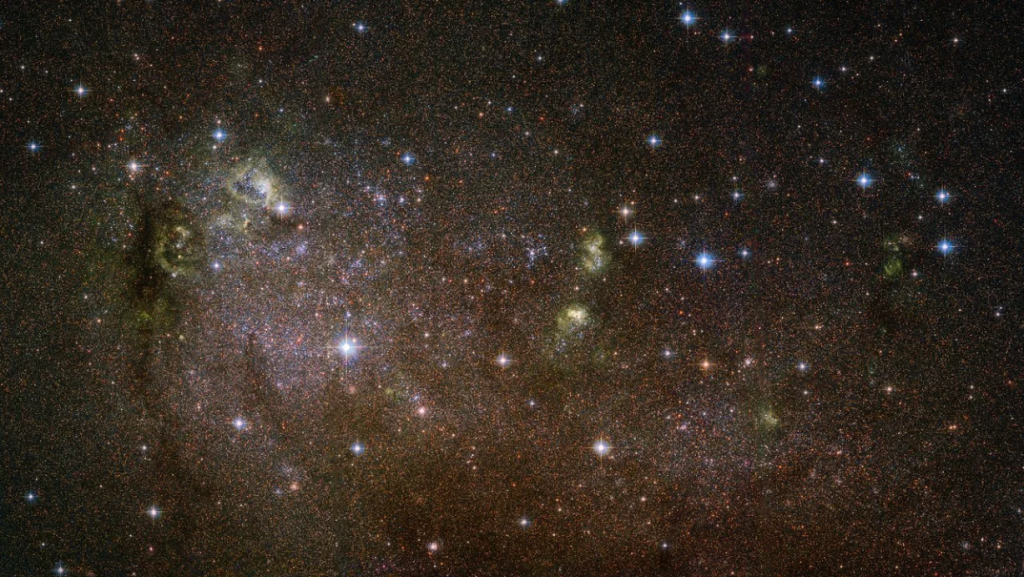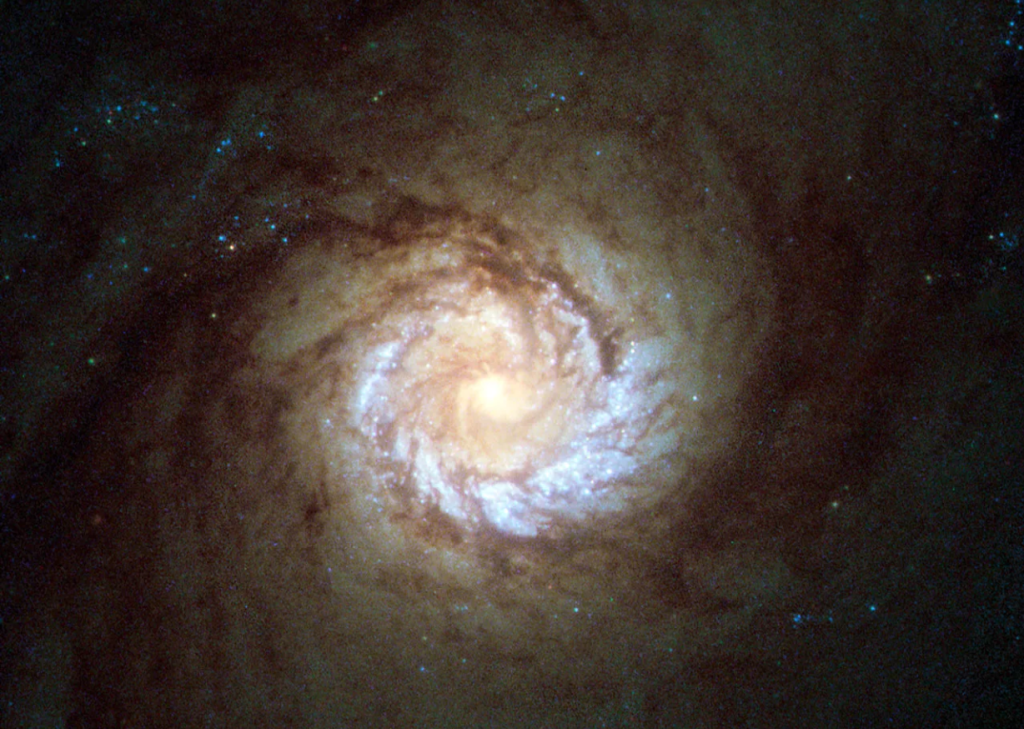
Starburst Galaxy (SGB) Studies
Starburst galaxies, which are known as ‘reservoirs’ of high-energy cosmic-rays, can represent an important high-energy neutrino “factory” contributing to the diffuse neutrino flux observed by IceCube. The studies presented here went beyond the standard prototype-based approach leading to a simple power-law neutrino flux, and investigate a more realistic model based on a data-driven blending of spectral indexes, thereby capturing the observed changes in the properties of individual emitters. The initial phenomenological analysis was based on a multi-messenger analysis considering the extragalactic gamma-ray background (EGB) measured by Fermi-LAT and different IceCube data samples: the 7.5-year high-energy starting events (HESE) and the
6-year high-energy cascade data. Remarkably, we found that, differently from the highly-constrained prototype scenario, the spectral index blending allows starburst galaxies to account for up to 40% of the HESE flux at 95.4% confidence level, while satisfying the limit on the non-blazar EGB component.


Moreover for each known SBG we tested the hypothesis that the observed gamma-ray fluxes are mostly due to star-forming activity, in agreement with the available star formation rates coming from IR and UV observations. Through this observation-based approach, we determined the most likely neutrino counterpart from star-forming and starburst galaxies and quantitatively assess the ability of current and upcoming neutrino telescopes to detect them as point-like sources. Remarkably, we found that the cores of the Small Magellanic Cloud and the Circinus galaxy are potentially observable by KM3NeT/ARCA with 6 years of observation. Moreover, most of the nearby galaxies are likely to be just a factor of a few below the KM3NeT and IceCube-Gen2 point-like sensitivities.
To explore the possibility to constrain the reported diffuse and point-like scenarios for SBGs we proceeded to obtain the differential sensitivity of the incoming KM3NeT/ARCA.
In particular we performed a maximum likelihood analysis with the ARCA Monte Carlo simulation considering 10 energy bins between 100 GeV and 100 PeV. Both diffuse and point-like analysis showed that in the near future the ARCA telescope may provide compelling evidence of star-forming activity as a tracer of neutrino production.
